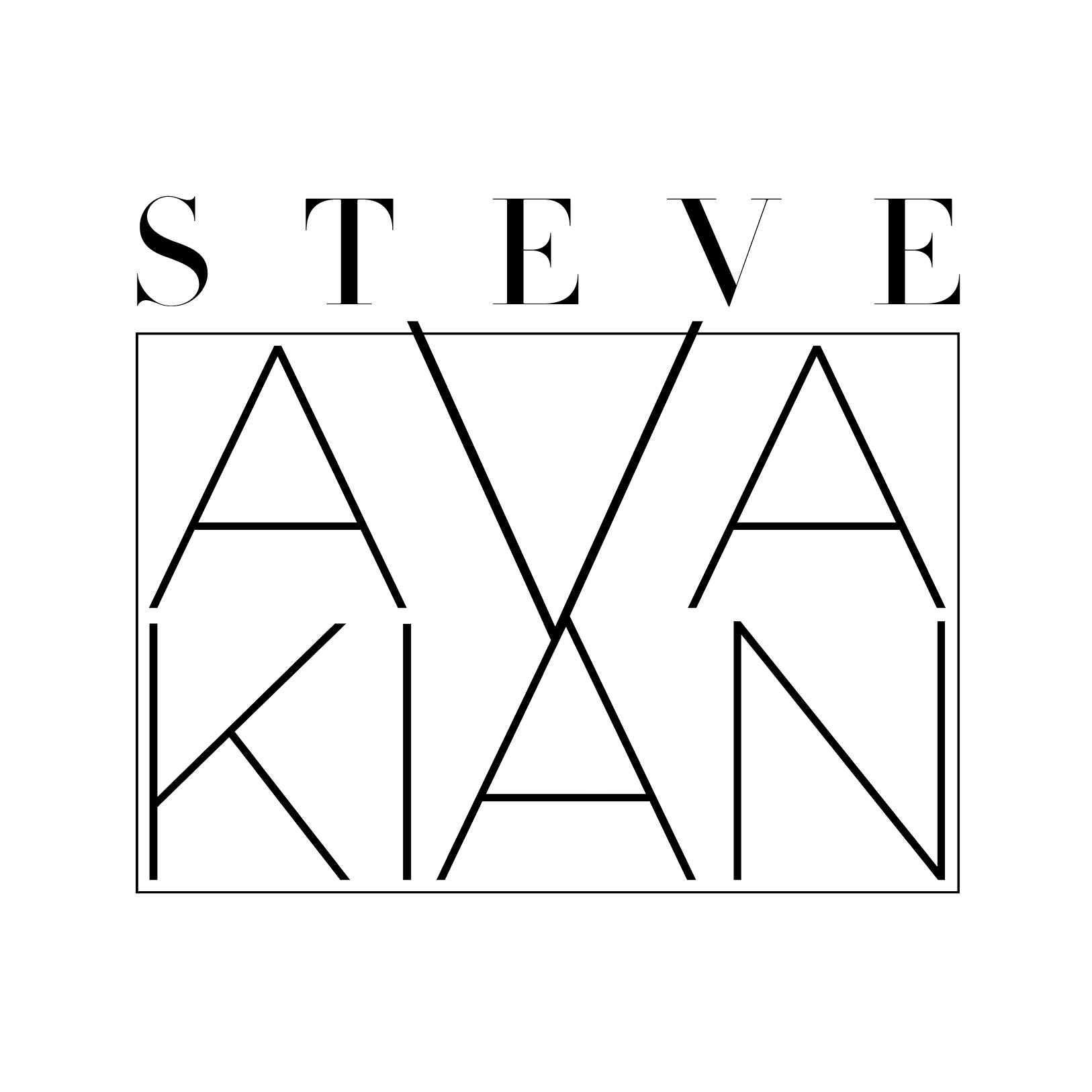Shield & Spear: An Ethos Statement
It is paradoxical to speak of an unstoppable force meeting an immovable object. There are no such objects and no such forces. What this question makes me think of, are impacts. Although the surface may not be compromised in such an aforementioned event, the capillary waves from such an impact will travel as far and wide as the force upon the object.
I am here because of memory. A single moment ingrained in my mind which is both minute and grandiose. The impact of a single piece of furniture and an intimate interaction single handedly dictated the direction my life would take. Sitting on the curved seat of my grandmother’s favorite ottoman, tracing its curves with my small hands during a time when life was easy. We knew nothing but the fact that we belonged to someone, and that beauty was as effortless and as captivating as a butterfly.
But the reality is that beauty is difficult. It's slighted, disrespected, yet wildly desired. It’s been cheapened and cheated. We’ve turned beauty into another battle-hardened lover and in turn we’ve become jaded in its pursuit.
We’ve created a world where beauty is almost unattainable. We’ve been chasing beauty with a male gaze. Since the dawn of time and the development of a cerebral understanding of our surroundings, we’ve sought to fill those surroundings with beautiful things.
If a moment so many years ago as simple and as seemingly powerless as it was at the time could have such a profound effect, why then are we not utilizing these intimate moments? Why are we not utilizing design in a moral and meaningful way with some of the most intimately utilized objects we interact with every day to facilitate these empathetic and impactful moments?
Design should be a moral reflection. It should offer an enriched vision of life, where beauty is both reflected and embodied in the objects we seek to surround ourselves with. Those objects should become catalysts for impacts, of both large and small scale. Furniture then, should not simply be a vehicle of support, but an endurant and intimate object. One that offers both physical support and is easily imbued, offering an emotional nourishment and a symbiotic empathetic relationship.
In a world of serial discontent I believe firmly in beauty and aesthetics as a viable option for sustainable production. That through emotional durability, aesthetic sustainability and an unwavering pursuit of the beautiful by “Virtue of Less,” the creation of objects with a sense of permanence can be achieved.
Often I find myself guided by the words of William Morris and Josef Hoffmann, who spoke fervently of the philosophies that drove the Arts & Crafts Movement and their direct opposition to the Industrial Revolutions adverse effects on seemingly every facet of modern life, which are only growing all the more dire with each passing day. It was the image of steam that gave rise to the machine’s advent. It will be the image of steam that clouds our vision as scorched earth meets the rising sea.
I would like to believe in a democratic design, more beautiful things for everyone, but beauty comes with a price. Beauty isn’t something everyone is able to afford, but beauty is something we all strive for. It isn’t something to be cheapened. I have no intention to make beauty easily accessible. To lower the cost of something beautiful is to belittle its craft and magnitude of skill needed to achieve such an object. To simply dilute beauty to allow it to be consumed by a wider audience, is a profane act.
I find myself heavily steeped in tradition, utilizing the highest quality materials, transformed with the highest possible skill and giving the transformed the agency to display their own integrity. The story isn’t in the making. Only part. The real story begins with the sustained narrative, the relationship between subject and object that develops only with the passage of time.
I’ll come to the defense of beauty, and stand with both shield and spear in hand, for those happy few.
We move at such a blinding pace. We seem to be trapped in an ever-changing kaleidoscope of stimuli. The only thing that grounds us, that roots us in this moment is tradition: Traditional form, traditional word, common and uncommon histories, classicism and antiquity. Tradition will always be. To move forward in a progressive and productive manner means to understand where it is we came from. It is always the journey, not the location. The final object is but a culmination of all that you’ve sequentially endured. If only you’d take a moment to reflect.
Oh, how far you’ve come.
